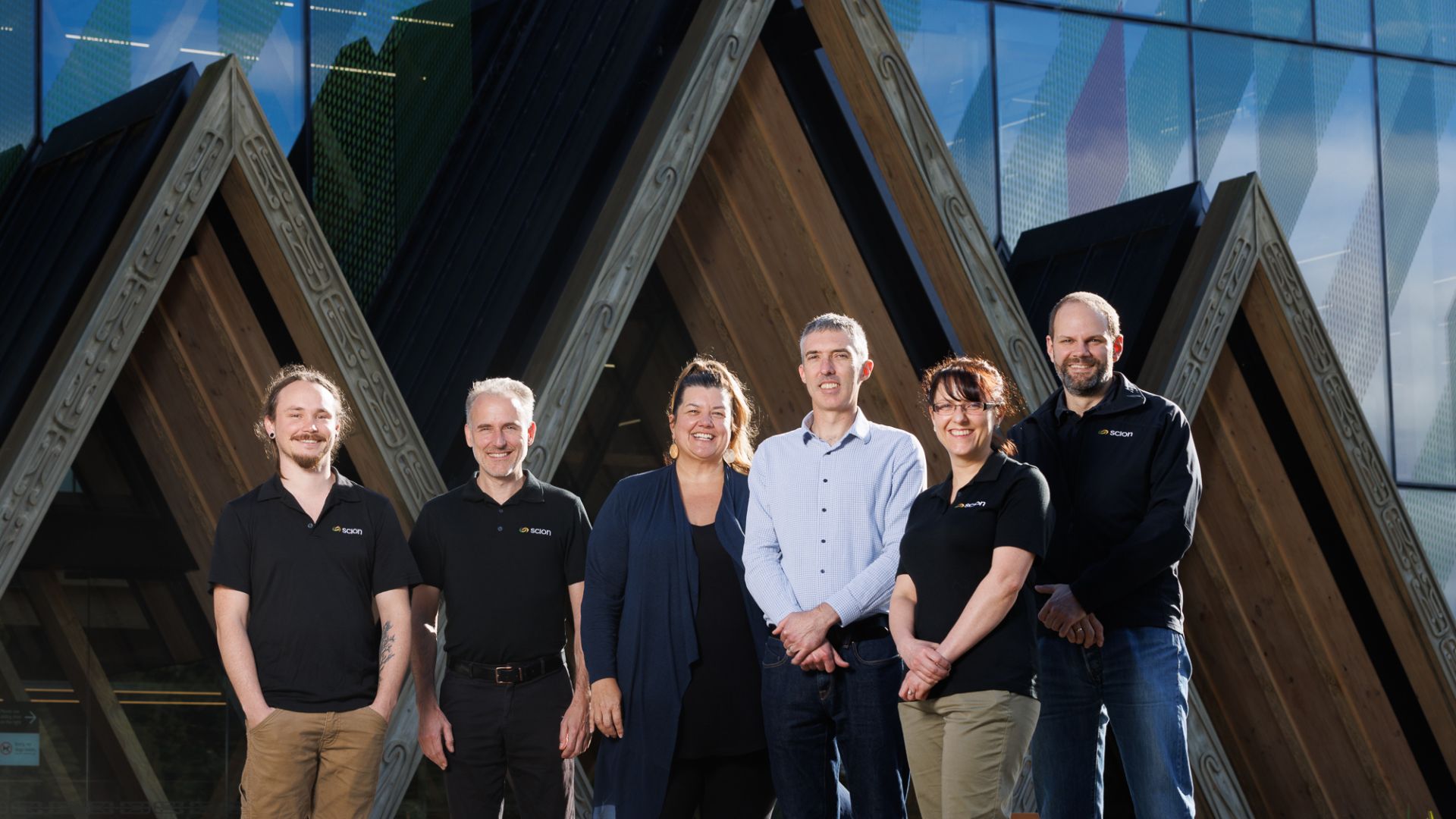Pioneering project: producing feed from greenhouse gases

Two micro-organisms – a bacterium and an algae – can be used together to convert carbon dioxide and methane into a protein-rich biomass. The discovery has prompted the New Zealand Ministry for Primary Industries (MPIs) to support Upflow and partners to progress the research.
The funding of nearly $5 million for the 4-year project will be the first in the world to pioneer biomass feedstock production from gases and robust microorganisms that thrive in the extreme conditions found at geothermal sites.
The biomass is created when microorganisms feed off greenhouse gas emissions captured from geothermal power stations, such as those used to generate electricity in the central North Island. The biomass produced is made up of several potentially commercial valuable components, including protein for animal feed.
Early-stage research looks promising. Industrial biotechnology processes developed by University of Canterbury researchers uses a methane-eating bacterium and a carbon dioxide-eating microalgae to capture the gases and use them as a food source for growth. The novel process generates a biomass rich in protein. It is being explored as an animal feed ingredient, use for human nutrition, or to produced high-value nutraceuticals or pigments.
Steve Penno, MPIs director of investment programmes, said it was an exciting project to support: “If successful, this could be the start of a new biomass feedstock manufacturing industry for New Zealand, worth an estimated $500 million per annum by 2045, creating new skilled jobs. “It would reduce our reliance on imported livestock feed, and decarbonise these industries, while also reducing the cost of carbon emissions for geothermal companies that adopt the system.”